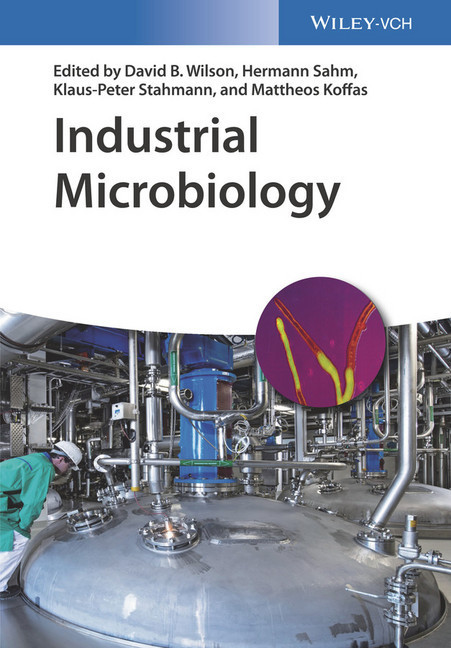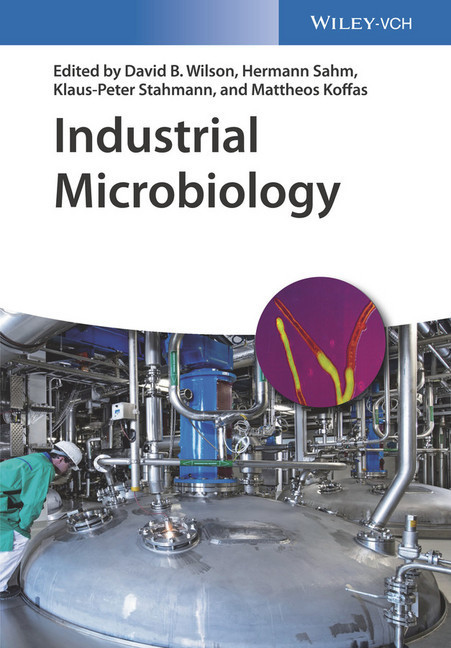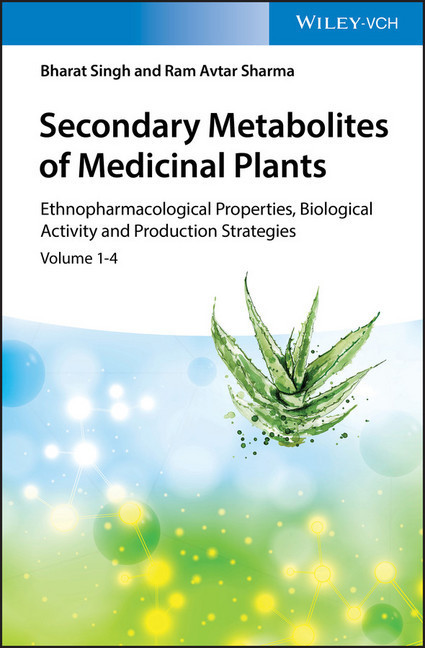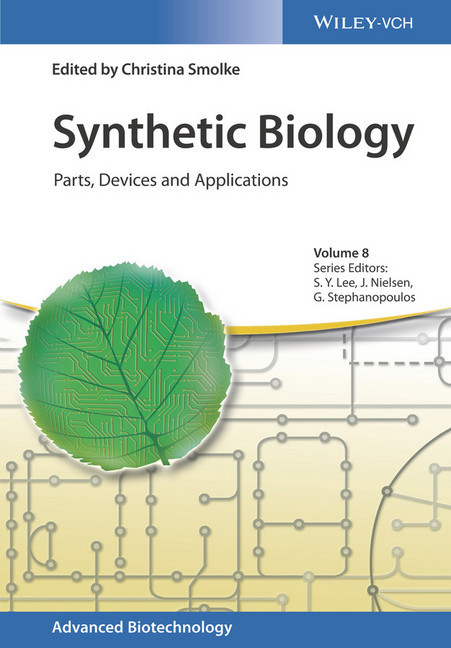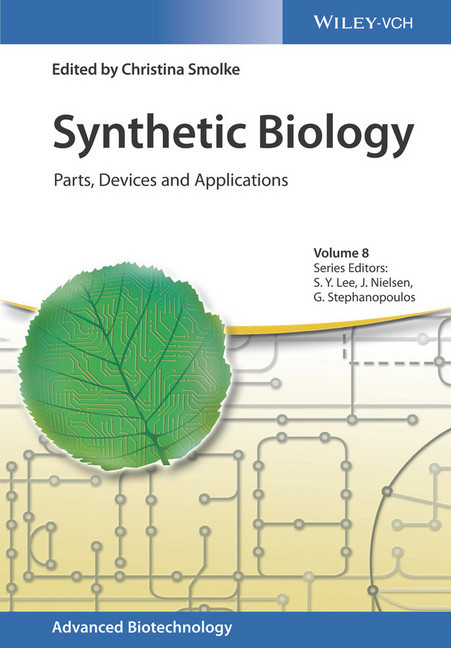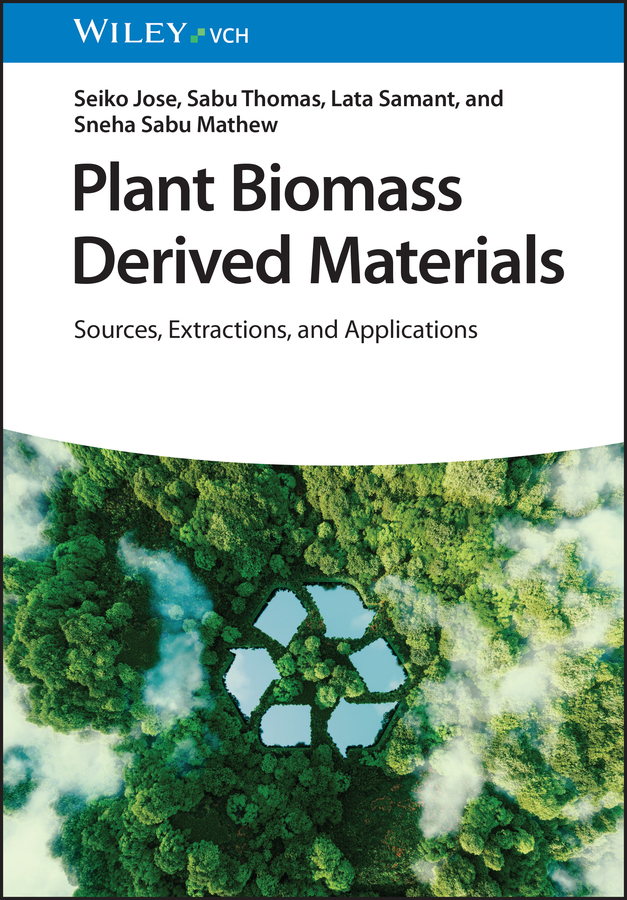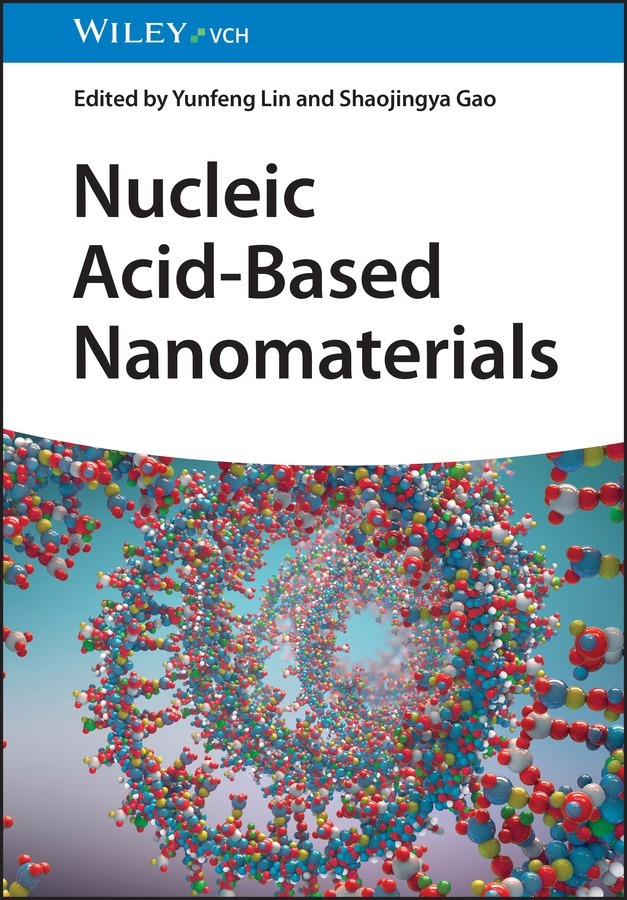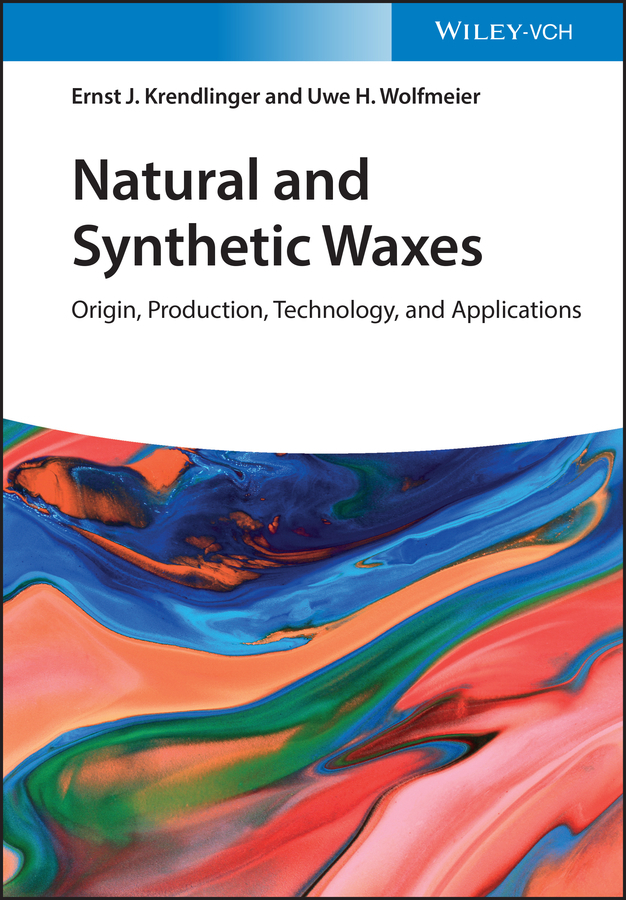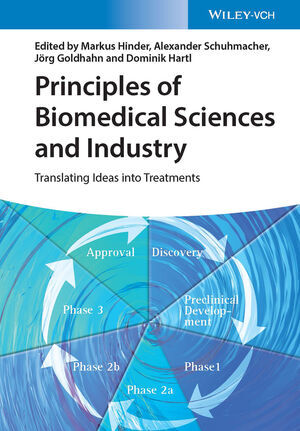Industrial Microbiology
Focusing on current and future uses of microbes as production organisms, this practice-oriented textbook complements traditional texts on microbiology and biotechnology.
The editors have brought together leading researchers and professionals from the entire field of industrial microbiology and together they adopt a modern approach to a well-known subject. Following a brief introduction to the technology of microbial processes, the twelve most important application areas for microbial technology are described, from crude bulk chemicals to such highly refined biomolecules as enzymes and antibodies, to the use of microbes in the leaching of minerals and for the treatment of municipal and industrial waste. In line with their application-oriented topic, the authors focus on the 'translation' of basic research into industrial processes and cite numerous successful examples. The result is a first-hand account of the state of the industry and the future potential for microbes in industrial processes.
Interested students of biotechnology, bioengineering, microbiology and related disciplines will find this a highly useful and much consulted companion, while instructors can use the case studies and examples to add value to their teaching.
David Wilson, PhD, was a Professor of Biochemistry, Molecular and Cell Biology at Cornell University in Ithaca (USA).
Hermann Sahm, PhD, is Emeritus Professor of Biotechnology at the University of Dusseldorf (Germany).
Peter Stahmann, PhD, is Professor for Technical Microbiology at the Brandenburg Technical University in Senftenberg (Germany).
Mattheos Koffas, PhD, is Professor of Biology at Rensselaer Polytechnic Institute in Troy (USA).
The editors have brought together leading researchers and professionals from the entire field of industrial microbiology and together they adopt a modern approach to a well-known subject. Following a brief introduction to the technology of microbial processes, the twelve most important application areas for microbial technology are described, from crude bulk chemicals to such highly refined biomolecules as enzymes and antibodies, to the use of microbes in the leaching of minerals and for the treatment of municipal and industrial waste. In line with their application-oriented topic, the authors focus on the 'translation' of basic research into industrial processes and cite numerous successful examples. The result is a first-hand account of the state of the industry and the future potential for microbes in industrial processes.
Interested students of biotechnology, bioengineering, microbiology and related disciplines will find this a highly useful and much consulted companion, while instructors can use the case studies and examples to add value to their teaching.
David Wilson, PhD, was a Professor of Biochemistry, Molecular and Cell Biology at Cornell University in Ithaca (USA).
Hermann Sahm, PhD, is Emeritus Professor of Biotechnology at the University of Dusseldorf (Germany).
Peter Stahmann, PhD, is Professor for Technical Microbiology at the Brandenburg Technical University in Senftenberg (Germany).
Mattheos Koffas, PhD, is Professor of Biology at Rensselaer Polytechnic Institute in Troy (USA).
1;Cover;12;Title Page;33;Copyright;64;Contents;95;Preface;196;Chapter 1 Historical Overview and Future Perspective;236.1;1.1 Use of Fermentation Procedures Before the Discovery of Microorganisms (Neolithic Era = New Stone Age Until 1850);236.2;1.2 Investigation of Microorganisms and Beginning of Industrial Microbiology (1850 Until 1940);296.3;1.3 Development of New Products and Procedures: Antibiotics and Other Biomolecules (From 1940);336.4;1.4 Genetic Engineering Is Introduced into Industrial Microbiology (From Roughly 1980);376.5;1.5 Future Perspectives: Synthetic Microbiology;406.6;References;426.7;Further Reading;437;Chapter 2 Bioprocess Engineering;457.1;2.1 Introduction;457.1.1;2.1.1 Role of Bioreactors;477.1.2;2.1.2 Basic Bioreactor Configurations;487.1.3;2.1.3 Types of Growth Media;497.2;2.2 Nonstructured Models;507.2.1;2.2.1 Nonstructured Growth Models;507.2.1.1;2.2.1.1 Unstructured Models;517.2.1.2;2.2.1.2 Biotechnical Processes;527.2.2;2.2.2 Modeling Fermentations;547.2.3;2.2.3 Metabolic Pathways;617.2.4;2.2.4 Manipulation of Metabolic Pathways;627.2.5;2.2.5 Future of Pathway Design;647.3;2.3 Oxygen Transport;657.3.1;2.3.1 Aerobic versus Anaerobic Conditions;657.3.2;2.3.2 kLa - Volumetric Mass Transfer Coefficient;667.4;2.4 Heat Generating Aerobic Processes;687.5;2.5 Product Recovery;717.5.1;2.5.1 Basics;717.5.2;2.5.2 In Situ Product Recovery (ISPR);717.6;2.6 Modeling and Simulation of Reactor Behavior;737.6.1;2.6.1 Basic Approaches and Software;737.6.2;2.6.2 Numerical Simulation of Bioreactor Function;737.6.3;2.6.3 Contamination of Bioreactors;747.7;2.7 Scale?up;757.8;References;767.9;Further Reading;798;Chapter 3 Food;818.1;3.1 Fermented Foods;818.1.1;3.1.1 Food Preservation;818.1.2;3.1.2 Flavor and Texture;828.1.3;3.1.3 Health Benefits;828.1.4;3.1.4 Economic Impact;848.2;3.2 Microorganisms and Metabolism;848.2.1;3.2.1 Fermentation Processes;868.2.2;3.2.2 Starter Cultures;878.3;3.3 Yeast Fermentations - Industrial Application of Saccharomyces Species;878.3.1;3.3.1 Grain Fermentation for Ethanol Production - Beer;888.3.2;3.3.2 Grain Fermentation for CO2 Production - Bread;918.3.2.1;3.3.2.1 Yeast Preparation;918.3.3;3.3.3 Fruit Fermentation - Wines and Ciders;938.4;3.4 Vinegar - Incomplete Ethanol Oxidation by Acetic Acid Bacteria Such as Gluconobacter oxydans;978.4.1;3.4.1 Substrates: Wine, Cider, and Malt;978.4.2;3.4.2 Distilled (White) Vinegar;998.4.3;3.4.3 Balsamic and Other Specialty Vinegars;998.5;3.5 Bacterial and Mixed Fermentations - Industrial Application of Lactic Acid Bacteria, With or Without Yeast or Molds;1008.5.1;3.5.1 Milk - Cultured Milks - Buttermilk, Yogurt, Kefir, and Cheese;1008.5.1.1;3.5.1.1 Bacteriophage Contamination - Death of a Culture;1038.5.2;3.5.2 Meats - Sausages, Fish Sauces, and Pastes;1048.5.3;3.5.3 Vegetables - Sauerkrauts and Pickles, Olives;1058.5.4;3.5.4 Grains and Legumes - Soy Sauce, Miso, Natto, and Tempeh;1088.5.5;3.5.5 Cocoa and Coffee;1098.6;3.6 Fungi as Food;1108.6.1;3.6.1 Mushrooms;1108.6.2;3.6.2 Single?Cell Protein - Fusarium venenatum;1128.7;3.7 Conclusions and Outlook;1138.8;References;1148.9;Further Reading;1149;Chapter 4 Technical Alcohols and Ketones;1179.1;4.1 Introduction;1179.2;4.2 Ethanol Synthesis by Saccharomyces cerevisiae and Clostridium autoethanogenum;1199.2.1;4.2.1 Application;1199.2.2;4.2.2 Metabolic Pathways and Regulation;1199.2.3;4.2.3 Production Strains;1209.2.4;4.2.4 Production Processes;1209.2.5;4.2.5 Ethanol - Fuel of the Future?;1229.2.6;4.2.6 Alternative Substrates for Ethanol Fermentation by Cellulolytic Bacteria and Clostridium autoethanogenum;1229.3;4.3 1,3?Propanediol Synthesis by Escherichia coli;1239.3.1;4.3.1 Application;1239.3.2;4.3.2 Metabolic Pathways and Regulation;1249.3.3;4.3.3 Production Strains;1249.3.4;4.3.4 Production Processes;1269.4;4.4 Butanol and Isobutanol Synthesis by Clostridia and Yeast;1279.4.1;4.4.1 History of Acetone-Butanol
Wilson, David B.
Sahm, Hermann
Stahmann, Klaus-Peter
Koffas, Mattheos
| ISBN | 9783527697298 |
|---|---|
| Artikelnummer | 9783527697298 |
| Medientyp | E-Book - PDF |
| Copyrightjahr | 2019 |
| Verlag | Wiley-VCH |
| Umfang | 424 Seiten |
| Sprache | Englisch |
| Kopierschutz | Adobe DRM |

